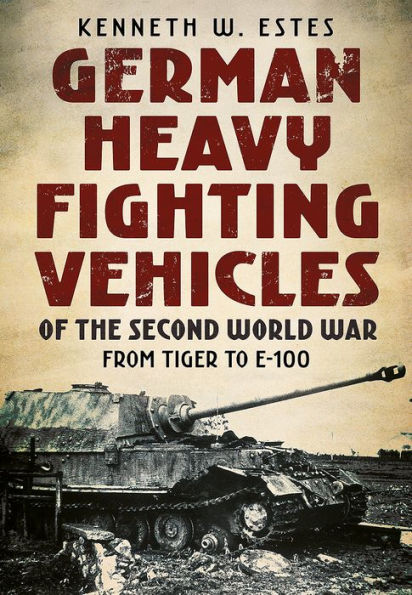Table of Contents
Acknowledgments 5
Introduction 9
1 German Tank Development, 1918-1939 11
2 War and the Heavy Tank Programs, 1939-1945 16
3 The Tiger Tank 19
4 The Successor: The Tiger II Tank 40
5 Inspecting a Tiger II 48
6 Dr. Porsche's Tank to the Battlefield: The Ferdinand-Elefant Experience 51
7 Superheavy Tanks: Maus and E-100 61
8 Jagdtiger 72
9 Sturmmörser Tiger 83
10 German Heavy Tank Units in World War II 87
11 Conclusions: Quality v. Quantity? 121
Epilogue: The Ruins of War 126
Appendix I Schilling, History of German Tank Development 132
Appendix II Interrogation of Dr. Stiele von Heydekampf 144
Appendix III Interrogation of Dr. Ernest Kniepkamp [Tank Engines] 157
Appendix IV Chobham Preliminary Report: Tiger B Turret Armor [for Porsche Tiger] 164
Appendix V German Heavy Tank Cannon, 1942-1945 179
Endnotes 180
Select Bibliography 183
Index 185



